R & Company surveys American design and craft in Objects: USA triennial exhibition
The New York gallery, R & Company, has collaborated with curators Angelik Vizcarrondo-Laboy and Kellie Riggs to create an expansive overview of contemporary making in America
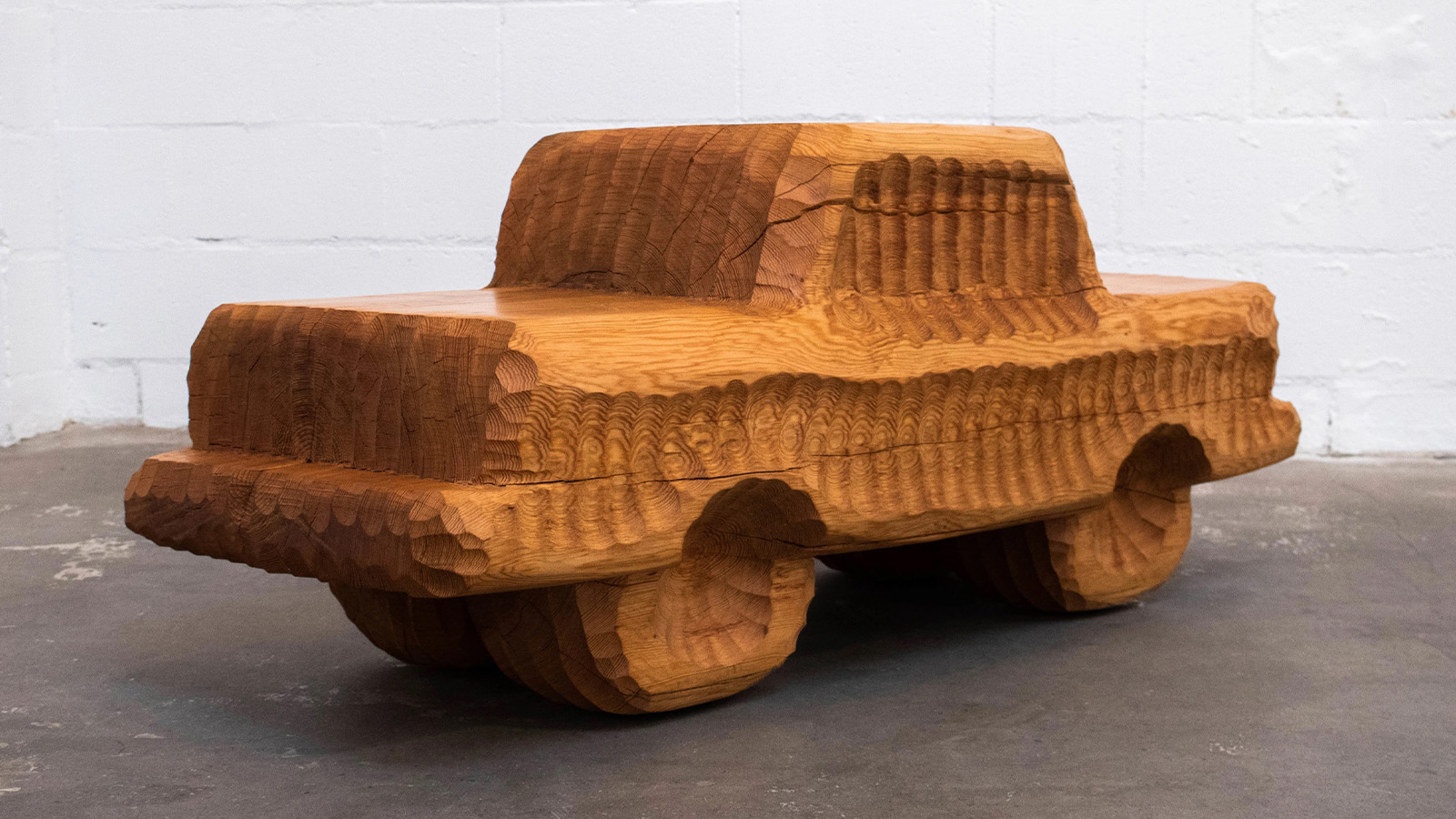
Attempting to define design in America today is 'a massive undertaking,' admits R & Company co-founder Evan Snyderman. But that’s exactly what the New York gallery has set out to do with its latest show, Objects: USA, which opens at the Tribeca space on September 6, 2024. This major survey of American object-making includes more than 100 works by 55 artists, designers and studios, and aims to contextualise the ever-blurred boundaries of art, design and craft at a time when the hierarchies between these disciplines are breaking down, and collectible design is becoming more desirable to wider audiences.
The exhibition concept is based on a major showcase that took place at the American Craft Museum (now MAD) in 1969 and brought together over 300 artists, launching the careers of many talents known today. R & Company revived the idea in 2020 for the 50th anniversary, working with co-curators Glenn Adamson and Abby Bangser, and then decided to turn into a triennial series spotlighting the country’s most innovative and boundary-pushing makers. 'We wanted Objects USA to not just live on as this historical show, but to re-emerge as a cutting edge contemporary design survey, with the idea that we would invite different curators for each iteration of this show to move it forward,' Snyderman tells Wallpaper*. 'It's about the big picture, and how we can create a wider conversation around design and what's happening in our field.'

Objects: USA 2024: The landmark American design triennial celebrates today’s most innovative designers and artists
With Adamson acting in an advisory role, the 2024 edition is guest-curated by Angelik Vizcarrondo-Laboy and Kellie Riggs. Instead of organising the works by discipline, material, technique, location, or visual style, the duo has grouped them into seven archetypes that they believe summarise the underlying intention or position of their creators. Although they point out that several artists straddle multiple categories, this method of coalescing wider themes has resulted in terminology that requires visitors to think harder about the reasons behind making, and displays that feel dynamic yet unexpectedly coherent. 'To be passionate about objects is to be passionate about why people make objects,' says Riggs. 'So we wanted to get to the root of the actions behind making, the call to create, and we started looking at patterns that were emerging based on that mindset.'
The exhibition occupies all three levels of R & Company’s gallery—even seeping into office and closet spaces—and the archetypes are laid out in sequence so that visitors can trace the relationships and overlaps between them. Each is assigned a specific soft hue that envelops the walls and podiums of the display areas, and corresponds with the chapters in an accompanying book. All of the works on view are for sale.
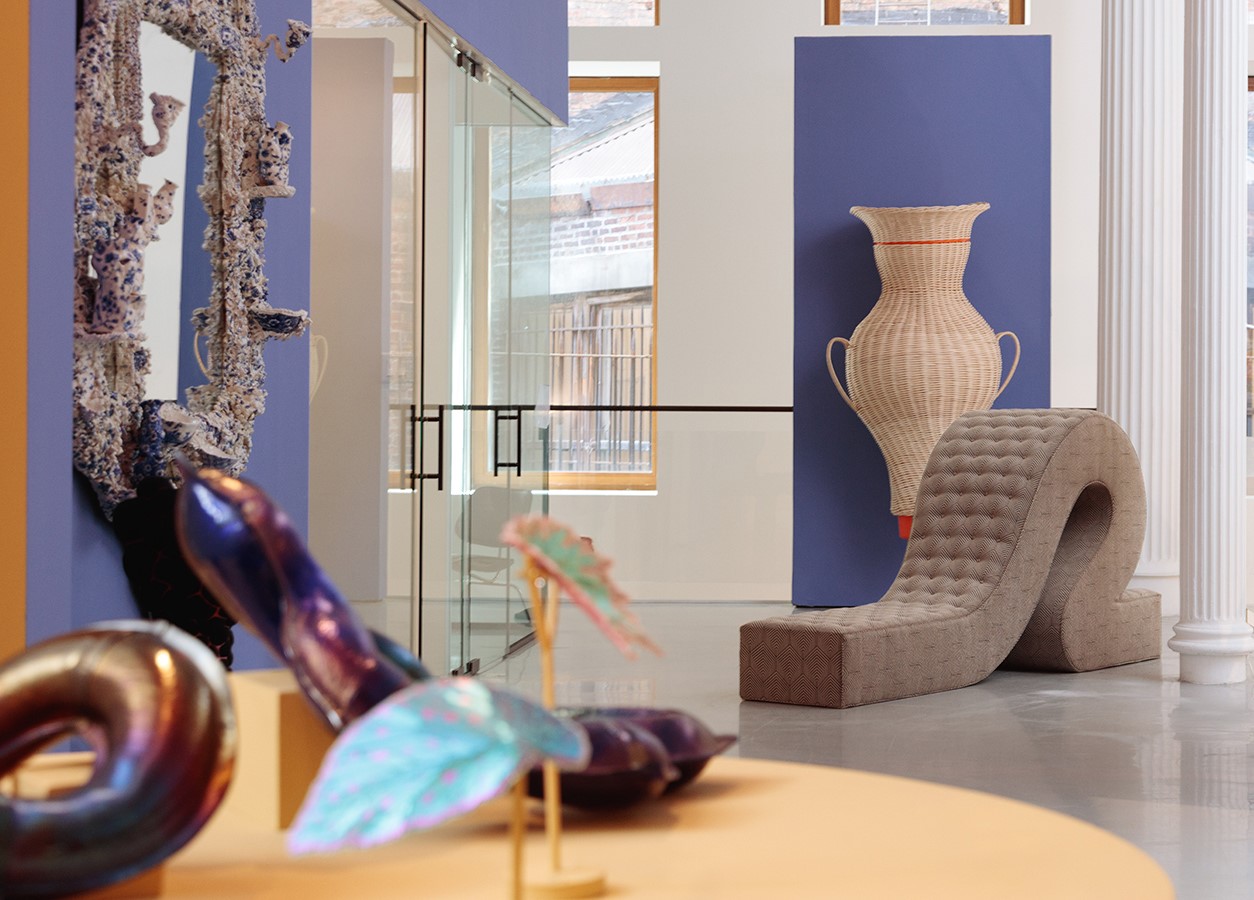
Objects: USA 2024: The landmark American design triennial celebrates today’s most innovative designers and artists
Recurring themes throughout the show include amorphous, blobby forms, which Riggs says are typical of Millennials’ nostalgia for the Y2K era. 'I think we're nostalgic for optimism, so we're recalling all of these forms and shapes and surfaces that represented the new millennium in a way that felt cool, and not the dumpster fire that it turned out to be,' she muses. This Nickelodeon-isation of design can be seen in pieces by Jolie Ngo, Luam Melake, Matthew Szösz, Misha Kahn and many more.
Another identifiable trend is the expression of identity through craft, whether it relates to heritage, cultural tradition, gender, age or social status. Examples include Venancio Aragon’s glitchy interpretations of Navajo tapestries, Nicki Green’s earthenware bathing tank and Norman Teague’s rocking chair, amongst others. Below, we’ve selected one work or artist from the seven different archetypes to demonstrate the fundamental principles of each.
Objects: USA
Truthsayers
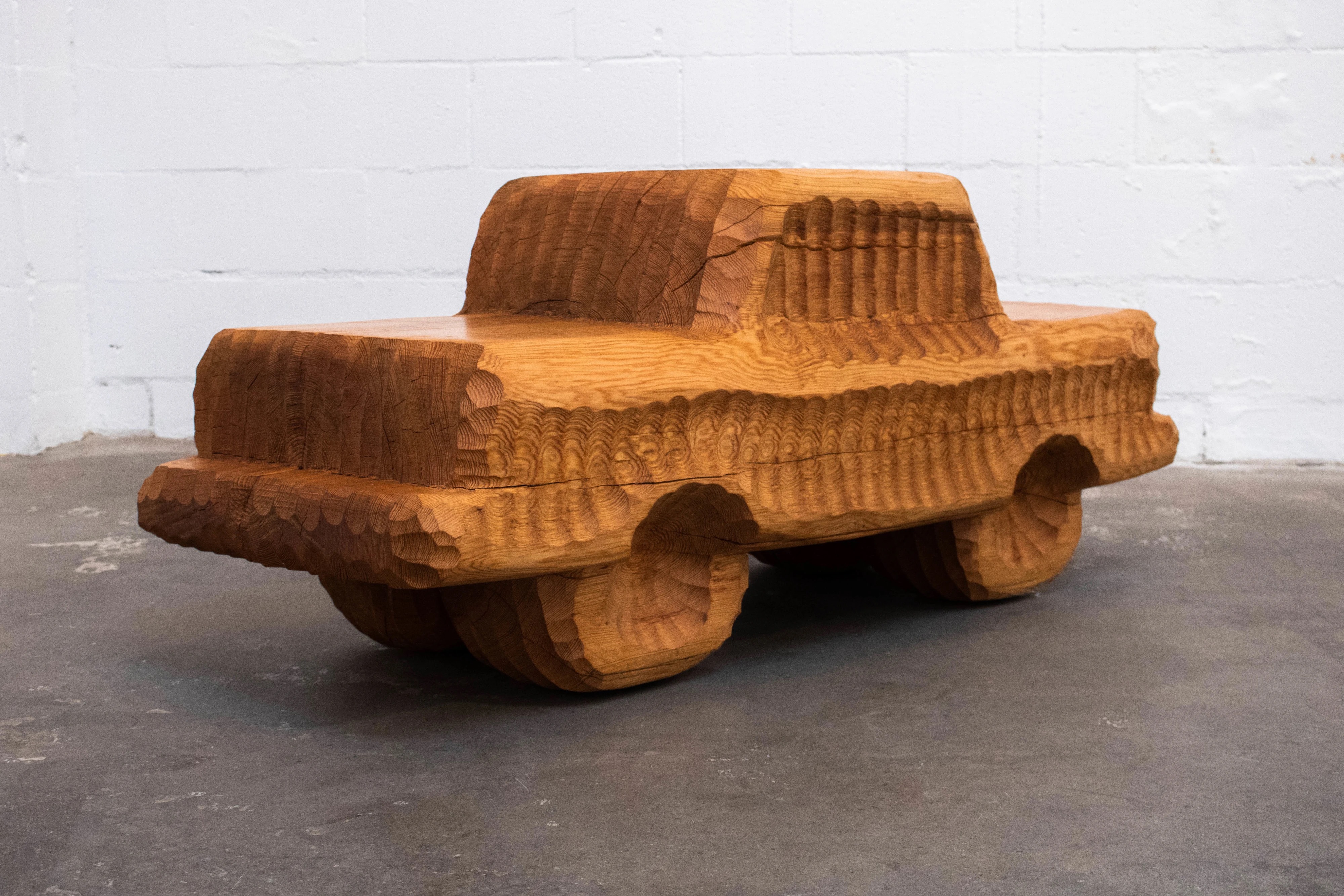
Truthsayers – Nik Gelormino. Flat Car (no. 2). Sculpture. 2023. Fir wood.
The exhibition begins with the Truthsayers, who use materials in an honest and evident way, and often opt to work in a single medium. 'There's a real appreciation for that medium or material, and a devotion to accentuating but not transforming it beyond recognition,' Vizcarrondo-Laboy explains. 'You can look at an object and intuitively know what it is or how it was made.' LA-based artist Nik Gelormino’s sculptures carved from fir wood typify this approach. His rudimental forms of a car, a snail shell and a flower are shaped from naturally felled trees using the most basic woodworking tools, and their marks are evident across the lightly polished surfaces.
Betatesters
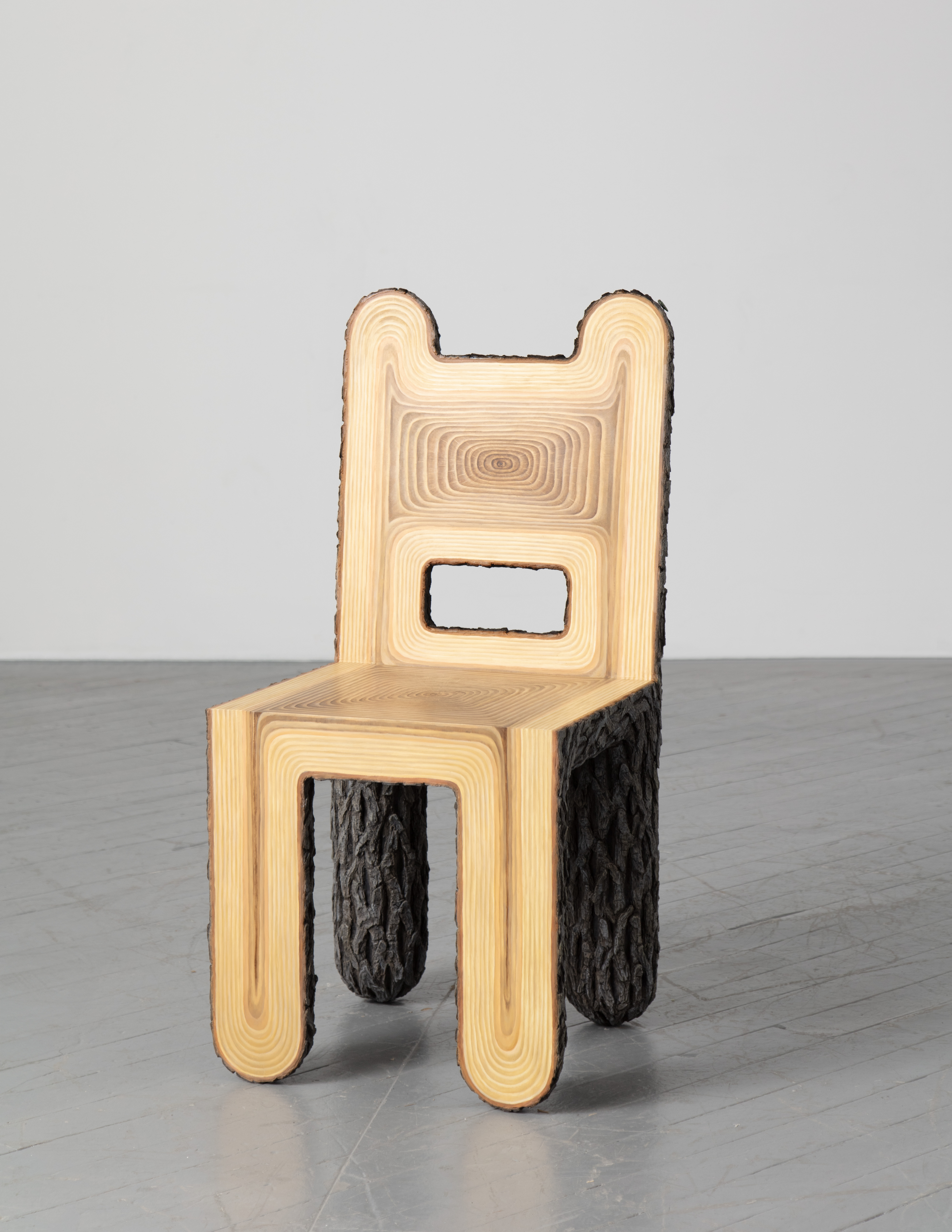
Betatesters – Joyce Lin, Wood Chair (Ash), 2023, MDF, epoxy, and oil paint
The next category, Betatesters, includes several new materials, technologies and fabrication methods, as well as pieces disguised as something else. 'It’s very much about the ‘what if’,' says Vizcarrondo-Laboy. Those in this section are 'pushing materials to the craziest extreme possible, or using material that's not usually expected to make something.' For example, Houston-based artist Joyce Lin’s Wood Chair (Ash) looks to be carved from a tree trunk at first glance, but it quickly becomes evident that the grain pattern is impossible, and that the MDF surface is painted.
Wallpaper* Newsletter
Receive our daily digest of inspiration, escapism and design stories from around the world direct to your inbox.
Doomsdayers
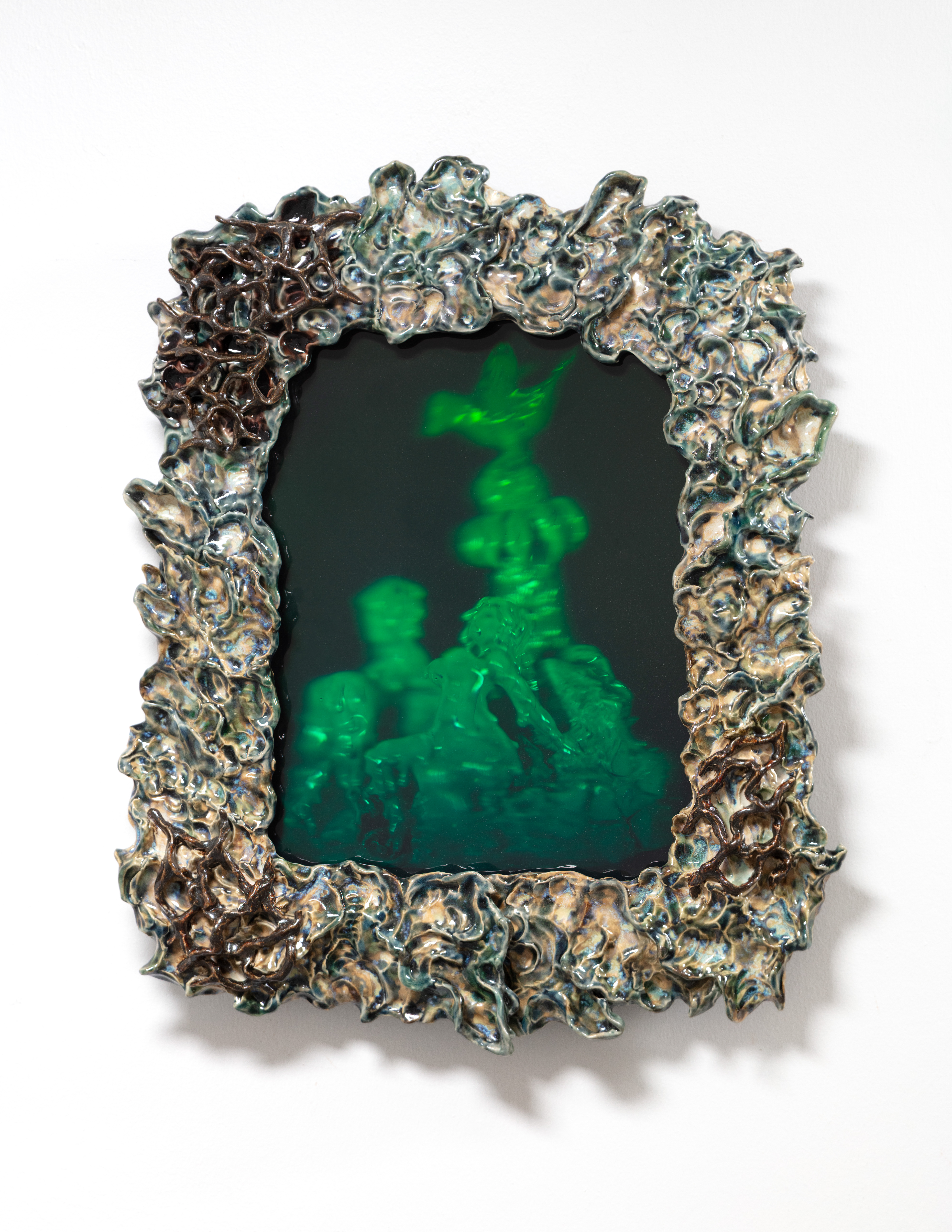
Doomsdayers – Amia Yokoyama. Perfect World Mirror. 2024. Ceramic, glaze, obsidian, holographic print, glass, wood
The ominously named Doomsdayers archetype is more positive than it sounds. This group’s work is particularly globby and melted together, representing a state of constant flux and demonstrating the entropy ever-present in #These designers and artists are distilling all the anxiety that we have going on in the world right now into the objects that they're making,' says Vizcarrondo-Laboy. 'But really it's about world-building and alternative realities.' Amia Yokoyama’s Perfect World Mirror comprises a holographic print showing one of her ceramic pieces, within a frame of multi-coloured, fluidly textured ceramic. Presenting crafted work within work using a sci-fi-style medium is indicative of this category’s meta approach.
Insiders

Insiders – Hugh Hayden. Waterboy. 2024. Rattan, plastic cooler, basketball rim.
The Insiders group examines domesticity and reinterprets traditional furniture pieces or home items in unexpected forms as a method of 'aestheticising function,' says Riggs. 'It's really about going inward, privacy, and thinking about what the objects we collect tell us about ourselves.' Hugh Hayden is among several artists that created pieces specifically for this exhibition. His Waterboy piece forms part of a series in which he subverts the basketball hoop, in this case, using one as the rim of a giant rattan vessel that contains a functioning water cooler.
Mediators
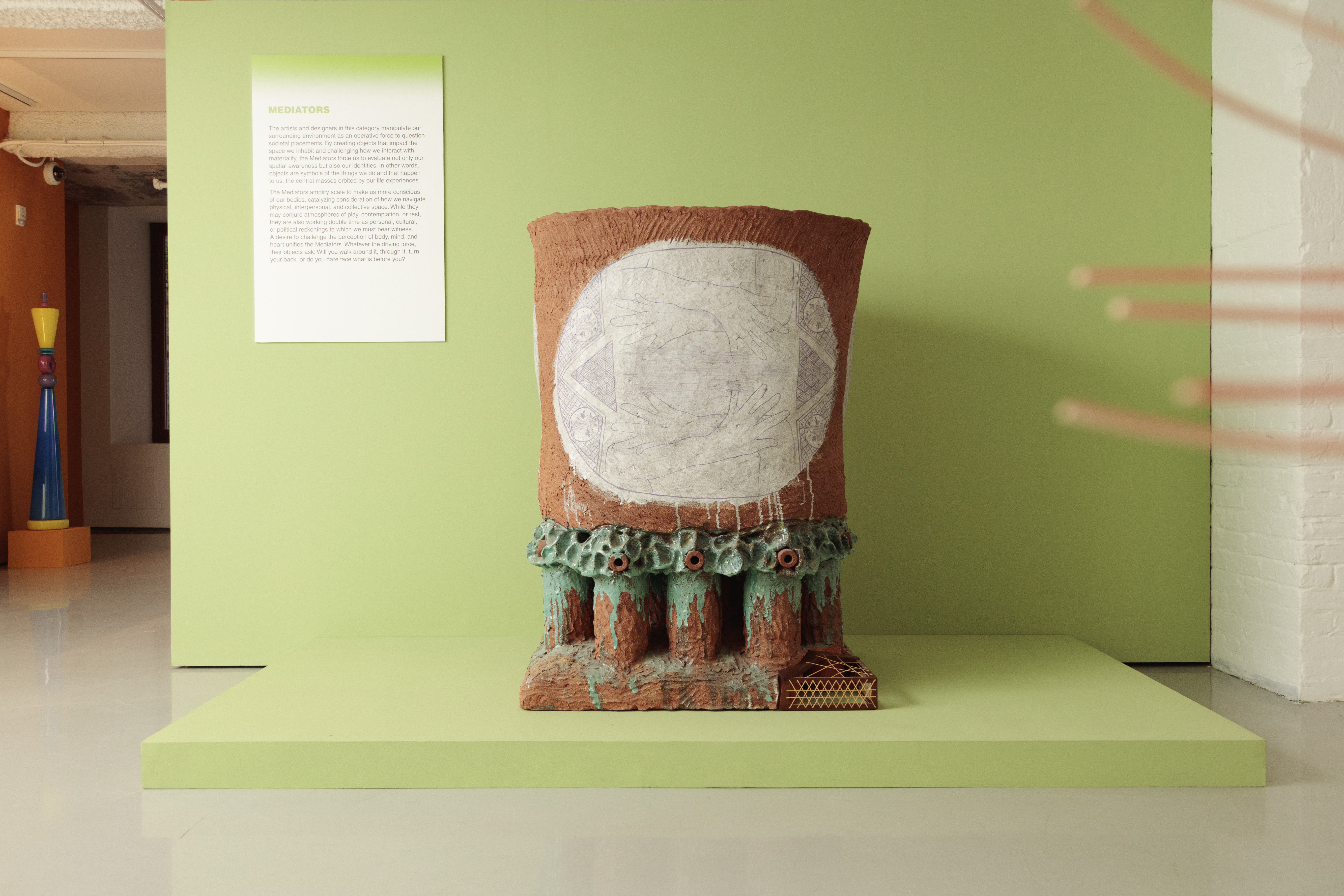
Mediators – Nicki Green. The Porous Sea (Tank). Sculpture. 2019. Earthenware, glaze, cotton quilt, and caning prosthetic.
Social and political themes dominate the Mediators archetype, in which the majority of examples have a participatory element that forces the user to consider themselves within their context via the object’s form, motion, or function. 'They're hefty, big objects that make you really conscious of your own body, how you're moving around them, or how you're interactive with them. And a lot of them also have a specific functionality,' Vizcarrondo-Laboy says. Nicki Green’s delicately illustrated yet roughly textured ceramic tank reflects her experience as a trans woman and uses the idea of bathing ritual to represent change and the body’s state of flux.
Codebreakers

Codebreakers – Trey Jones. Dresser. 2024. Plywood, solid wood, aluminium, dyes, plant derived seale
The Codebreakers address problems, examine compositions, and offer unusual solutions to common requirements. 'Construction is transparent in the objects in this group more than others,' says Riggs. 'We can see how things fit together, creating puzzles to solve puzzles, or the idea of modularity and breaking up a complex subject into more easily understandable parts.' The meticulously crafted dresser by Washington DC-based Trey Jones—another featuring globular forms—was built as a way to use up tiny pieces of leftover wood in the designer’s studio. The blocks were dyed in various shades of blue, stacked in a cross-hatched pattern and packed tightly together using a Japanese Hakone marquetry technique, then carved into flubber-like forms that provide the drawer fronts.
Keepers

Keepers – Venancio Aragon. Rainbow Wedge. Tapestry. 2024. Wool; Mohair
Finally, the Keepers are custodians of heritage, aiming to bring time-honoured techniques into the 21st century. 'A lot of traditional languages show up in Keepers, but there's a remixing quality to it,' explains Vizcarrondo-Laboy. 'There’s also a desire to preserve history, and create living archives of stories or things that are very ephemeral.' Venancio Aragon, a Navajo textile weaver, creates tapestries using the polychromatic dyed-yarn style of his ancestors. But he updates the typical patterns with more contemporary, slightly glitchy reinterpretations as seen in his Rainbow Wedge and Color Wave works on show.
Objects: USA 2024 s on display from 6 September 2024 to 9 January 2025 at 64 White Street
Dan Howarth is a British design and lifestyle writer, editor, and consultant based in New York City. He works as an editorial, branding, and communications advisor for creative companies, with past and current clients including Kelly Wearstler, Condé Nast, and BMW Group, and he regularly writes for titles including Architectural Digest, Interior Design, Sight Unseen, and Dezeen, where he previously oversaw the online magazine’s U.S. operations. Dan has contributed to design books The House of Glam (Gestalten, 2019), Carpenters Workshop Gallery (Rizzoli, 2018), and Magdalena Keck: Pied-À-Terre (Glitterati, 2017). His writing has also featured in publications such as Departures, Farfetch, FastCompany, The Independent, and Cultured, and he curated a digital exhibition for Google Cultural Institute in 2017.
-
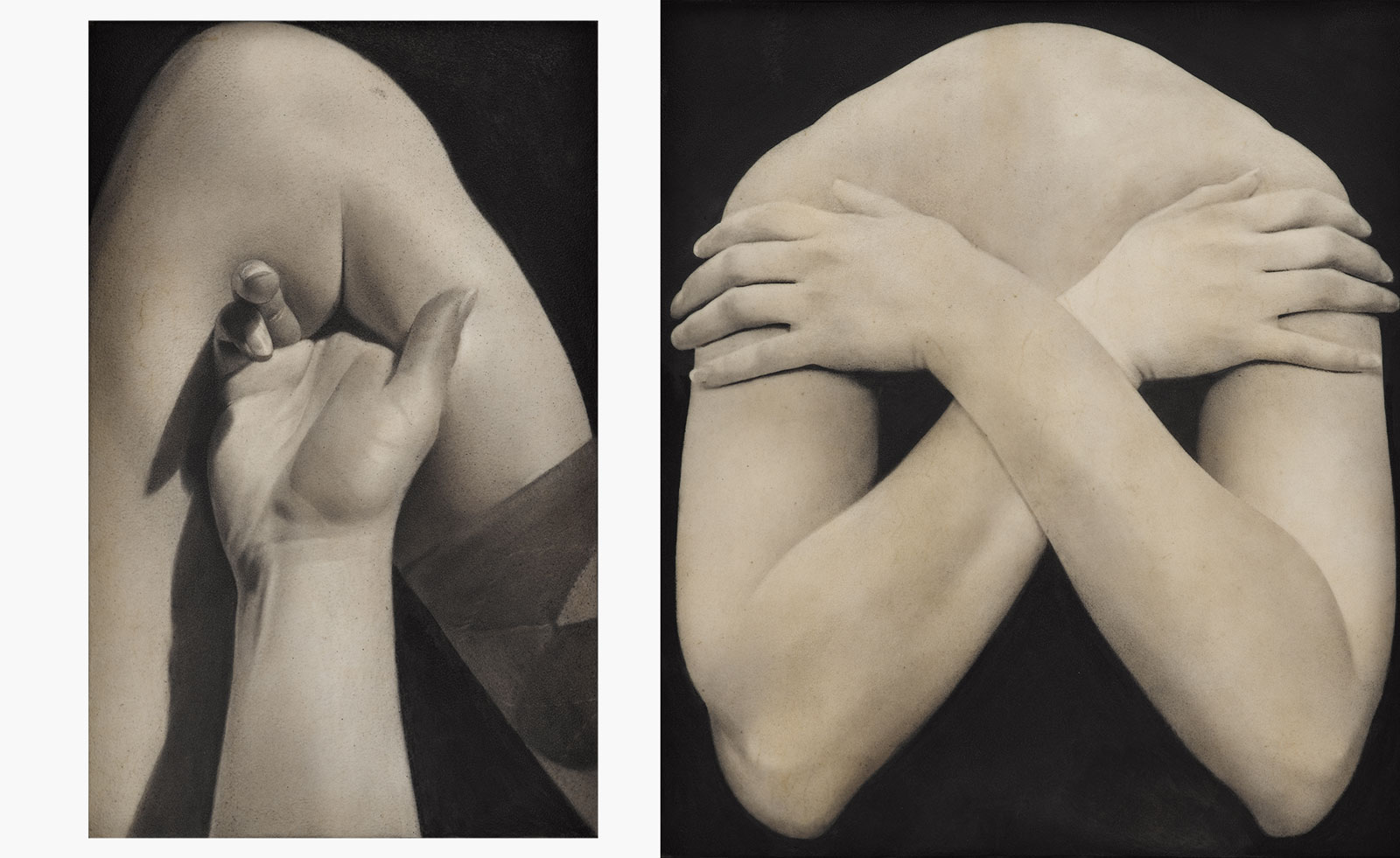 Put these emerging artists on your radar
Put these emerging artists on your radarThis crop of six new talents is poised to shake up the art world. Get to know them now
By Tianna Williams
-
 Dining at Pyrá feels like a Mediterranean kiss on both cheeks
Dining at Pyrá feels like a Mediterranean kiss on both cheeksDesigned by House of Dré, this Lonsdale Road addition dishes up an enticing fusion of Greek and Spanish cooking
By Sofia de la Cruz
-
 Creased, crumpled: S/S 2025 menswear is about clothes that have ‘lived a life’
Creased, crumpled: S/S 2025 menswear is about clothes that have ‘lived a life’The S/S 2025 menswear collections see designers embrace the creased and the crumpled, conjuring a mood of laidback languor that ran through the season – captured here by photographer Steve Harnacke and stylist Nicola Neri for Wallpaper*
By Jack Moss